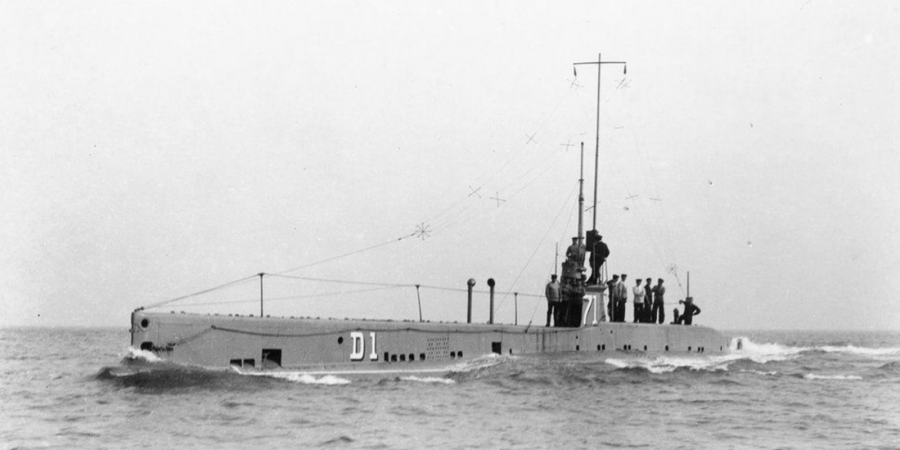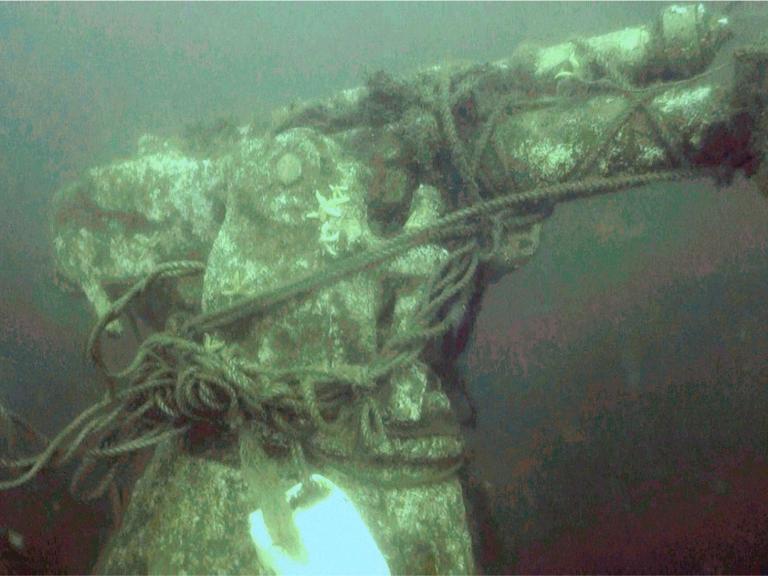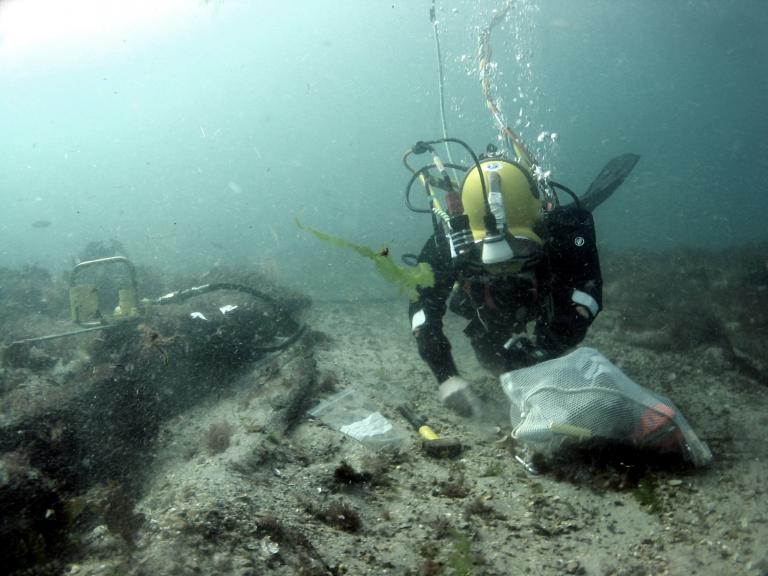The wreck of an early British submarine known as HMS/m D1, which was the forerunner to the Royal Navy’s patrol submarines that boosted Britain’s defensive power during the First World War, has been granted protection by the Department for Digital, Culture, Media and Sport on the advice of Historic England.
The wreck, off the coast of Dartmouth in Devon, was investigated in a project originated by U-boat historian Michael Lowrey, who was writing a book about First World War U-boat losses.
Wessex Archaeology was commissioned to examine the wreck further and assess its condition and significance. Working with a team of technical divers diving from Wey Chieftain IV and led by Steven Mortimer, our investigations have now led to the wreck having been protected by scheduling under the Ancient Monuments and Archaeological Areas Act 1979. This means divers can still access the wreck, but its contents and structure are now protected by law and must remain undisturbed.
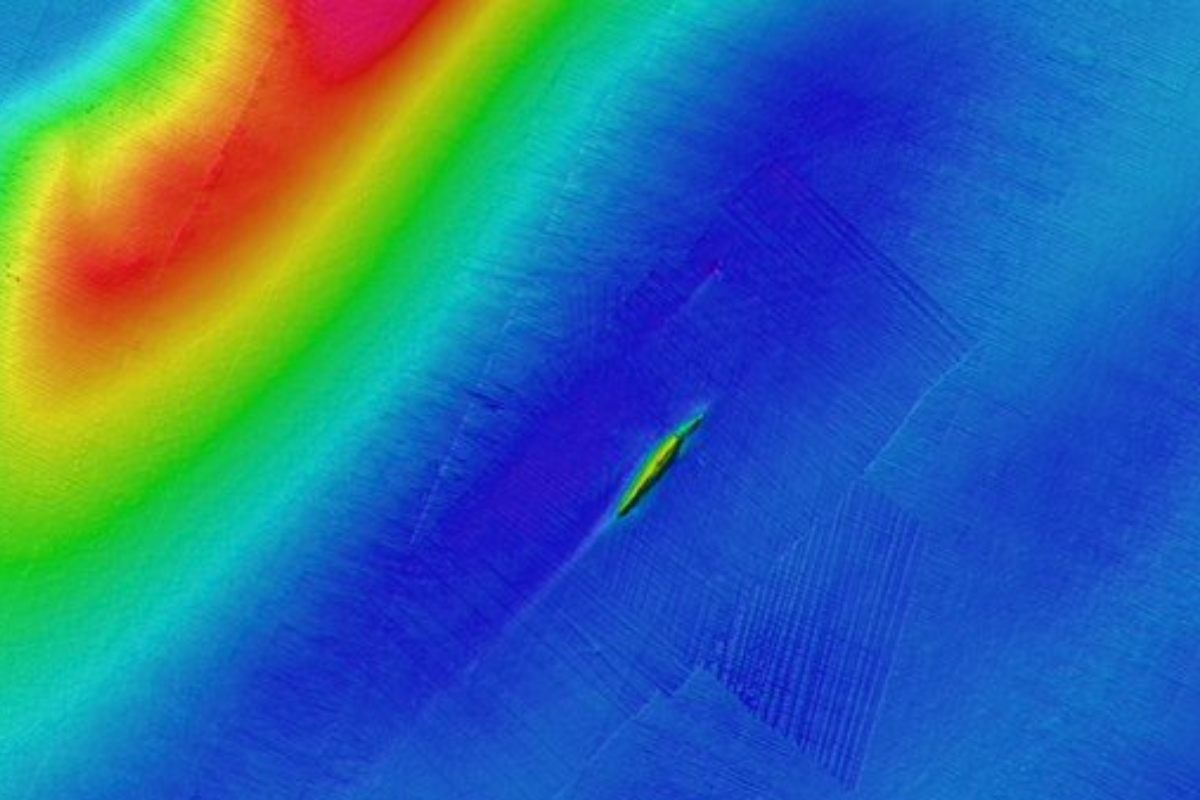
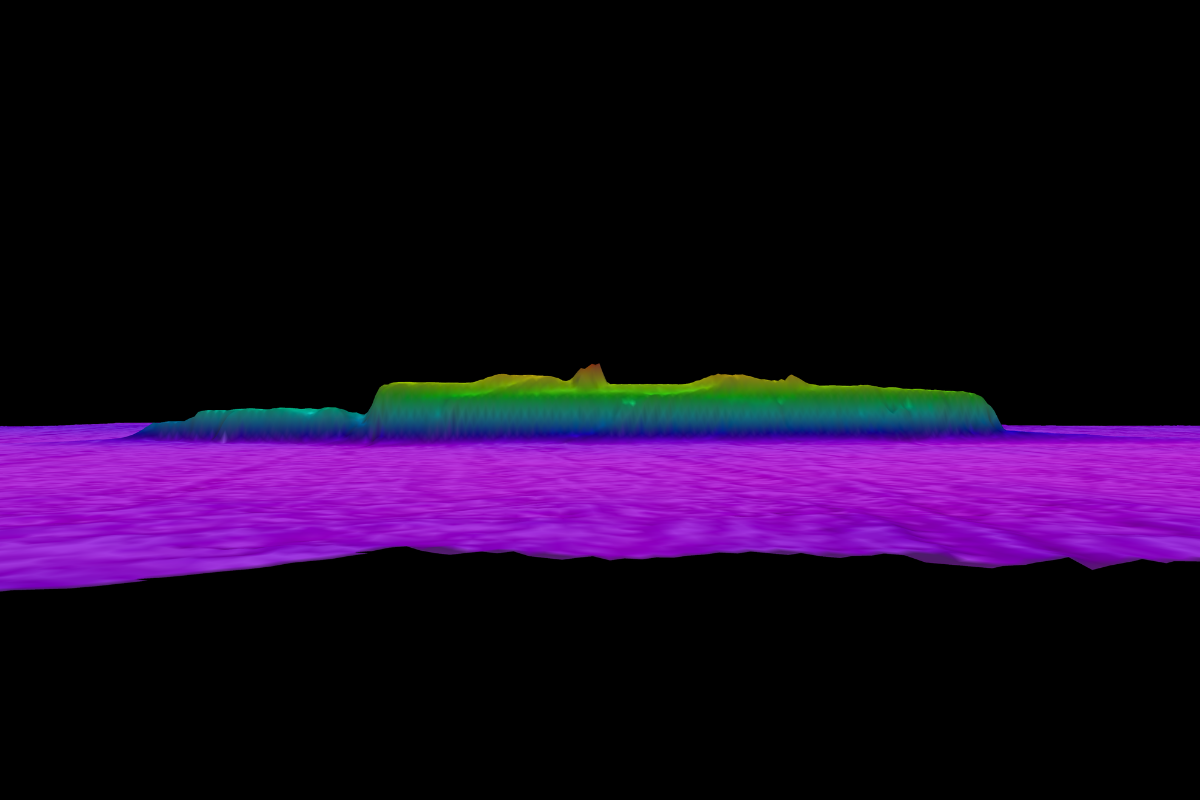
HMS/m D1 was built by shipbuilding company Vickers at Barrow-in-Furness in Cumbria and was the secret prototype for the D-class, the Royal Navy’s first diesel powered submarine. Launched in 1908 and commissioned in September 1909, the D-class was a significant development on the C-class submarine, being larger and more powerful.
At the start of the First World War, HMS/m D1 was assigned to protecting the coast of Dover from enemy invasion before carrying out patrols outside of English territorial waters to monitor German shipping movements. In September 1917, HMS/m D1 joined the Portsmouth Local Defence Flotilla and a year later it was relegated to training duties. In October 1918, HMS/m D1 was decommissioned and scuttled- deliberately sunk. The submarine was used as a training target off the Devon coast for Royal Navy training exercises involving the detection of enemy submarines. The wreck sits upright and largely intact on the seabed.
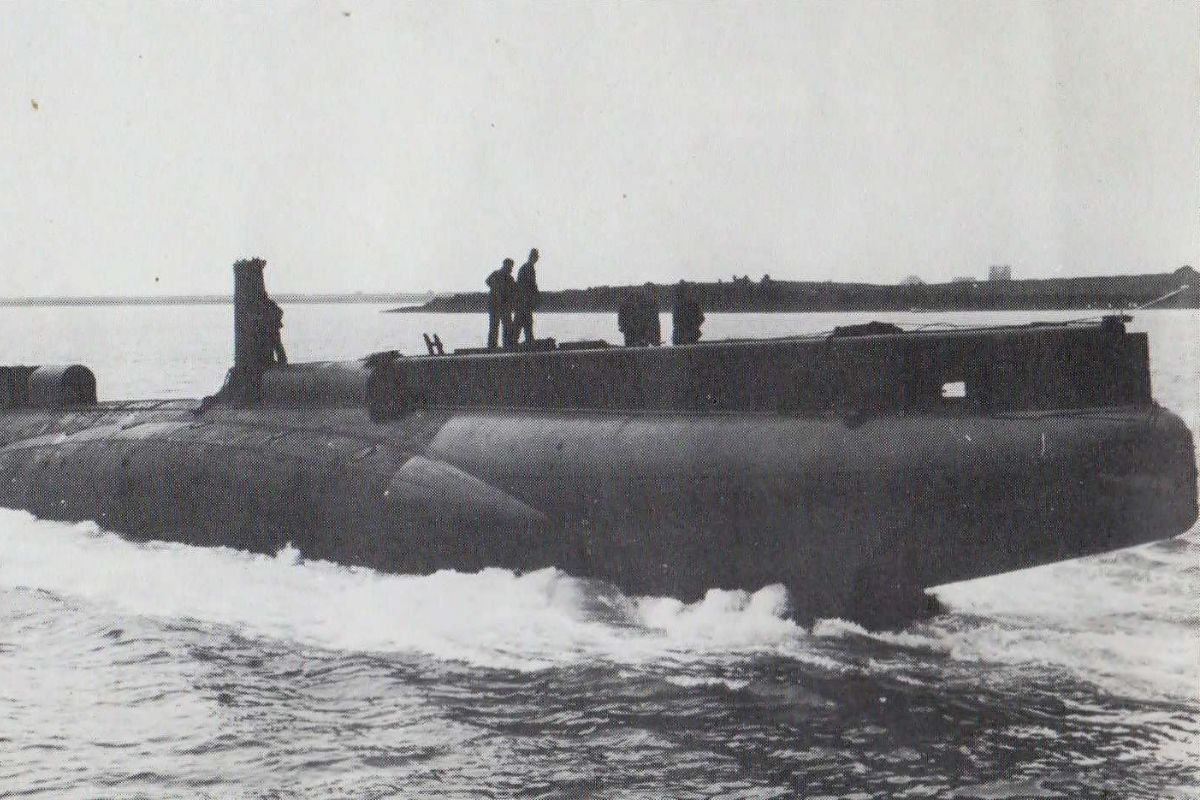
Duncan Wilson, Chief Executive of Historic England, said:
"The D–class submarine was superior to the C-class, with innovations that became integral parts of future Royal Navy submarines. These included diesel propulsion, twin propellers and a wireless telegraphy system which allowed the submarine to transmit and receive signals. This is a fascinating survival which deserves protection as an important part of our seafaring history."
Dan Atkinson, Director of Coastal & Marine at Wessex Archaeology, said:
"We are delighted that thanks to our work another important piece of our collective marine heritage has been protected. It was a joy to work with a dedicated team of divers led by Steve, and it's a fantastic legacy for divers to still be able to enjoy the wreck."
Steve Mortimer, Lead Diver, said:
"Every diver dreams of identifying a historically important wreck. Expecting to find the remains of a German U-boat, we were thrilled to discover a ground-breaking British submarine instead. It's tremendous that D1 is now protected but divers can still visit."
